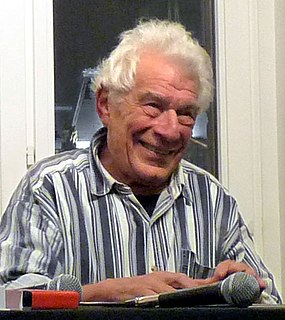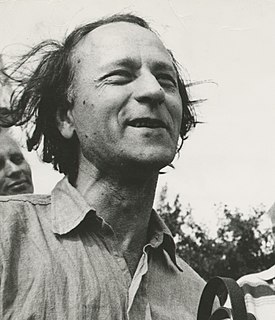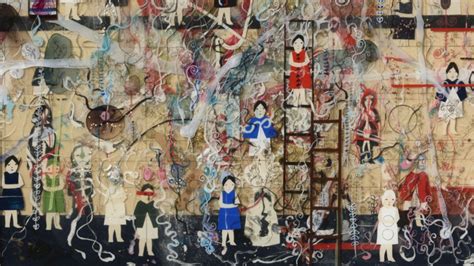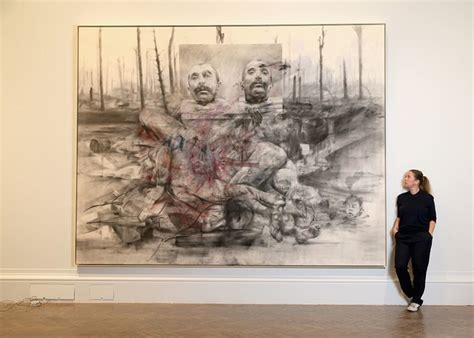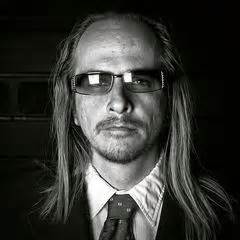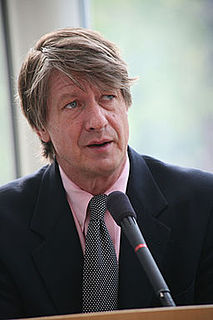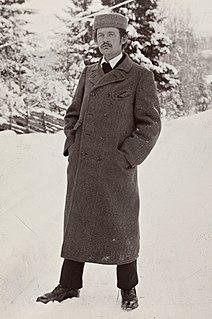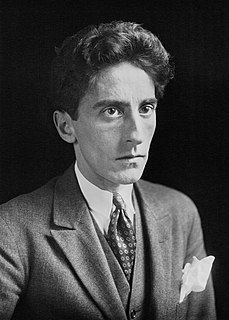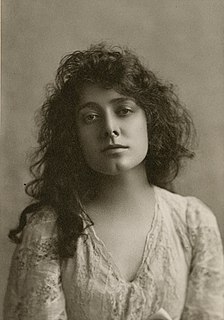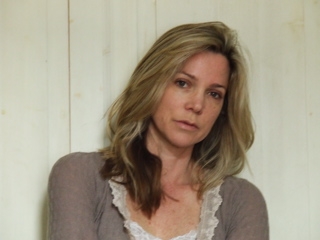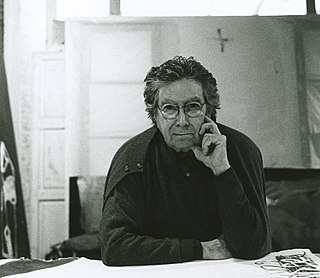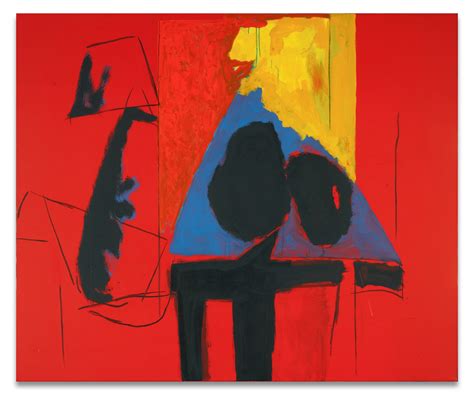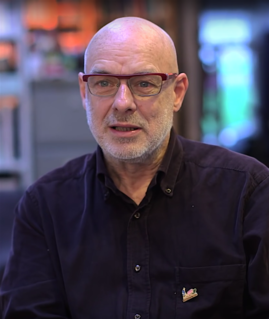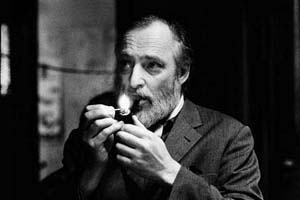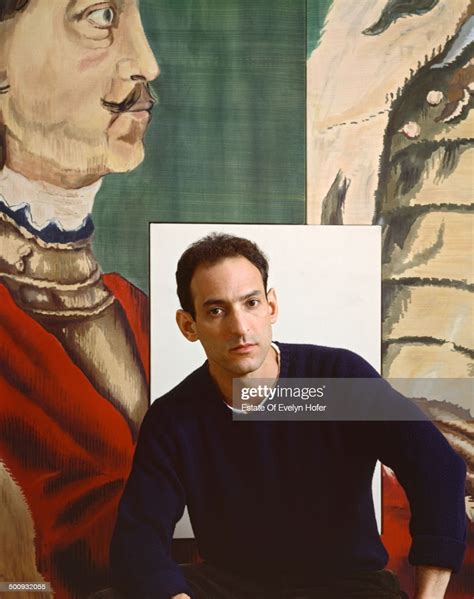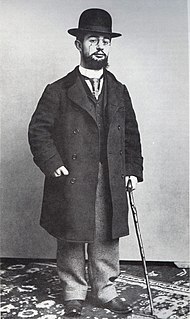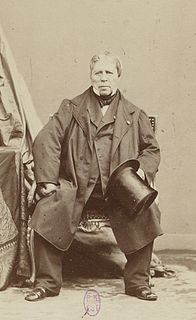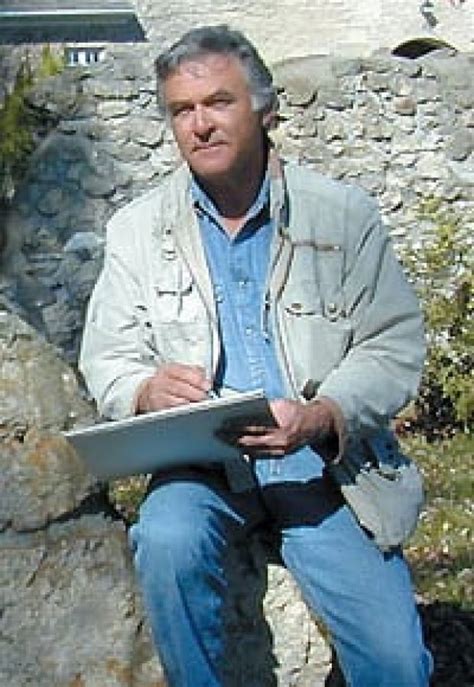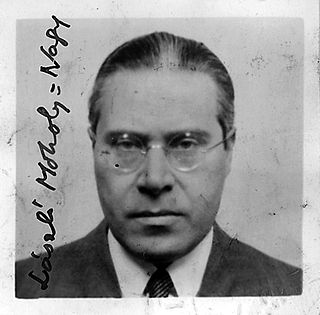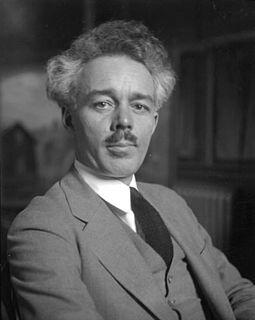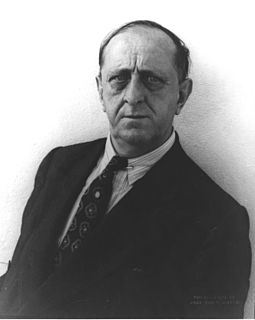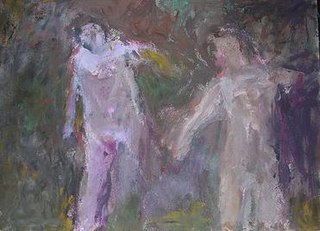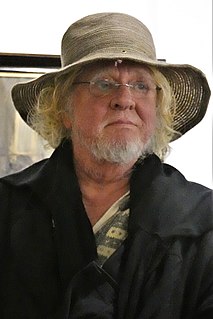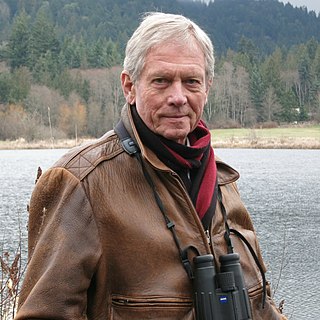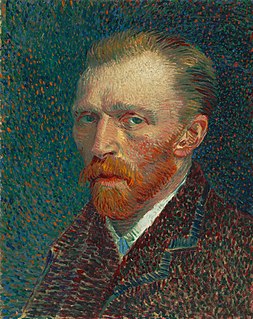A Quote by Robert Longo
Modern abstract art starts in Russia in about 1915 with Malevich, and then the Russian Revolution happens, and eventually all that experimental art gets squashed and social realism comes back into play. All of a sudden, Malevich is no longer painting black squares; he's painting peasants in colorful schmattas.
Related Quotes
Malevich, Lissitsky, Kandinsky, Tatlin, Pevsner, Rodchenko... all believed in the social role of art... Their works were like hinged doors, connecting activity with activity. Art with engineering; music with painting; poetry with design; fine art with propaganda; photographs with typography; diagrams with action; the studio with the street.
I'm not anti conceptual art. I don't think painting must be revived, exactly. Art reflects life, and our lives are full of algorithms, so a lot of people are going to want to make art that's like an algorithm. But my language is painting, and painting is the opposite of that. There's something primal about it. It's innate, the need to make marks. That's why, when you're a child, you scribble.
I shall never forget what I saw at the Museum of Modern Art: in a spotless schoolroom, fifty little girls painting away at tables covered with brushes, pots, tubes, bowls, staring into space and sticking out their tongues like the clever animals that ring a bell, tongues lolling and eyes vague. Teachers supervise these young creators of abstract art and slap their wrists if what they paint represents something and dangerously inclines toward realism. The mothers - still at the Picasso stage - are not admitted.
Art is beauty, and every exposition of art, whether it be music, painting, or the drama, should be subservient to that one great end. As long as nature is a means to the attainment of beauty, so-called realism is necessary and permissable [sic], but it must be realism enhanced by idealism and uplifted by the spirit of an inner life or purpose.

